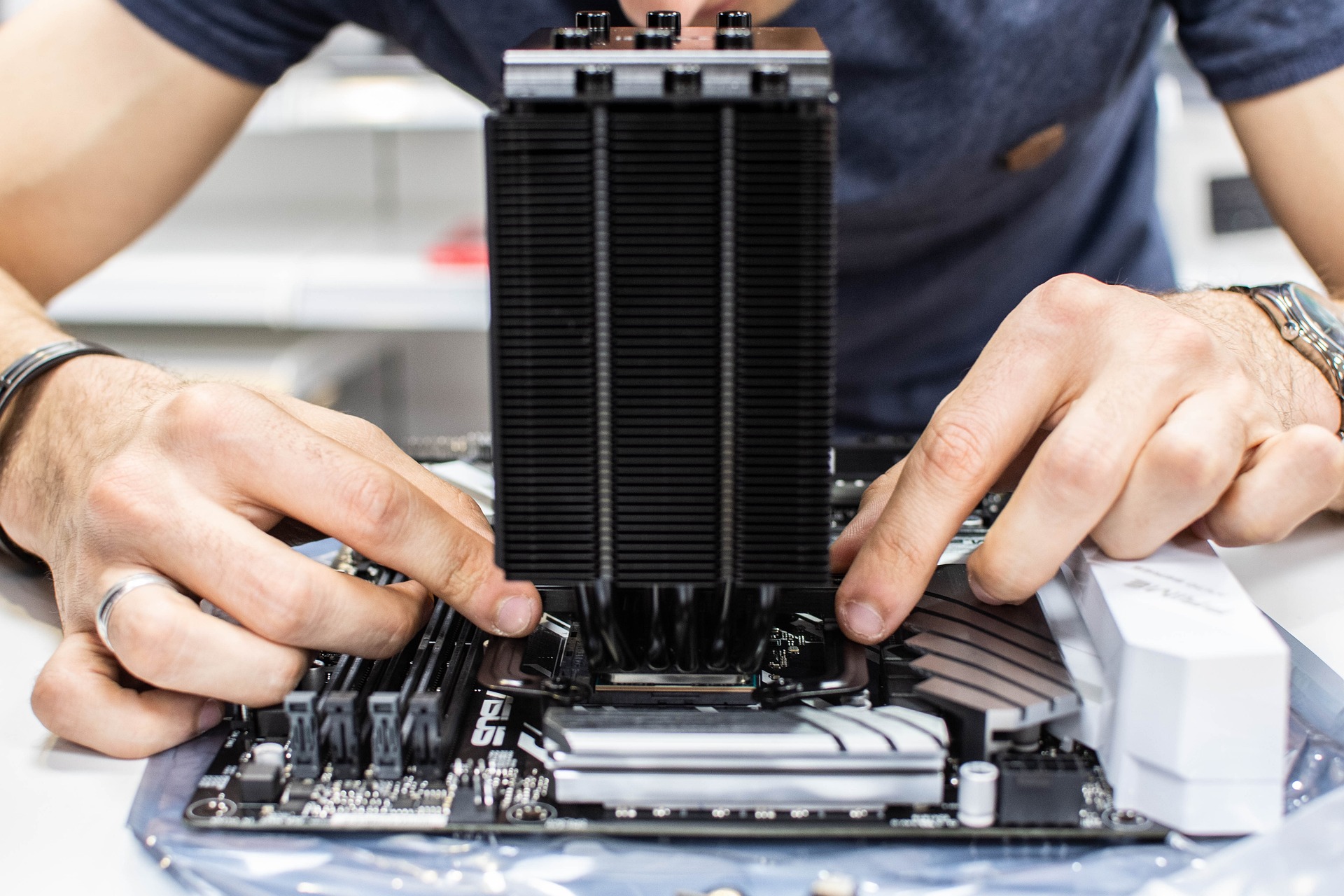Power supply selection and long-term reliability
Choosing the right power supply unit (PSU) is a critical decision when building or upgrading a computer. A well-matched PSU reduces stress on components, improves stability under load, and can extend the lifespan of CPU, GPU, motherboard, and storage. This article explains selection criteria, compatibility considerations, and maintenance practices that support long-term reliability.

Power supply selection and long-term reliability
Selecting a power supply involves more than matching wattage to a GPU or CPU; it’s about ensuring stable voltages, compatible connectors, and headroom for future upgrades. The right PSU reduces electrical stress on hardware and supports consistent performance during benchmarking and sustained workloads. Below are practical considerations covering component interactions, thermal management, firmware and drivers, and how small choices—like using high-quality cables or monitoring battery-backed systems—impact reliability over years.
How does PSU choice affect hardware longevity?
The PSU delivers current to your motherboard, CPU, GPU, storage, and peripherals. A unit with poor regulation or excessive ripple can accelerate wear on capacitors and voltage-sensitive chips. Choose a PSU with good voltage regulation, low ripple, and protections such as OVP, OCP, and SCP. Efficiency ratings (80 Plus Bronze, Silver, Gold, etc.) indicate conversion quality; higher efficiency units typically produce less heat and reduce stress on internal components. Proper wattage headroom—typically 20–30% above peak system draw—helps avoid continuous operation near the PSU’s limit, which improves lifespan.
How do CPU and GPU needs determine power selection?
Modern CPUs and GPUs have dynamic power profiles: bursts of high draw during benchmarking or intensive tasks, and low draw during idle. When calculating PSU size, consider worst-case simultaneous load for CPU and GPU plus other components. For example, high-end GPUs may demand substantial peak wattage under load, so account for transient spikes. Overprovisioning prevents the PSU from hitting its maximum rating frequently, which can cause increased fan noise, higher operating temperatures, and reduced efficiency. Also check connector types and rails—some GPUs require multiple 8-pin connectors or even dedicated rails for stability.
What role does motherboard and peripherals play?
The motherboard coordinates power distribution to sockets, storage devices, and peripherals. Choose a PSU that provides the right mix of SATA, Molex, and PCIe connectors with quality cabling. Poor cable gauges or cheap connectors can introduce voltage drops that affect SSD performance and peripheral stability. Peripherals like high-RPM fans, RGB controllers, or many USB devices increase total system draw; include them in power calculations. Additionally, motherboard VRMs rely on solid, stable input voltages; unstable power can degrade VRM components over time and worsen thermal performance.
How should storage and SSD factors influence reliability?
Storage devices, particularly NVMe SSDs, can draw bursts of power during heavy I/O and benchmarking. While individual drives usually have modest power requirements, multiple drives add up. Ensure the PSU supplies stable 12V and 5V rails and that drive power connectors are solid. For battery-backed systems or UPS use, consider how abrupt transitions between mains and battery power affect writes—using firmware that supports power-loss protection on SSDs reduces data corruption risk. Regular firmware updates for drives also maintain performance and reliability over time.
How do cooling and firmware/drivers impact long-term stability?
Effective cooling reduces junction temperatures for CPU, GPU, and VRMs, extending component life. A PSU that runs cooler and has efficient airflow helps maintain system temperatures. Proper case airflow, quality CPU coolers, and GPU cooling solutions reduce thermal cycling, which otherwise contributes to solder joint fatigue. Firmware and driver updates for motherboard, GPU, and storage often include stability improvements; keeping firmware and drivers current helps ensure the system responds correctly to power management states and avoids erratic behavior that could stress the PSU.
What about battery, latency, upgrades, and benchmarking?
If using a UPS or laptop battery system, know the UPS’s waveform (pure sine vs simulated) and its compatibility with PSUs and power-hungry PSUs that require a stable AC source. Latency-sensitive applications benefit from consistent power delivery; voltage drops or noisy rails can cause transient errors. When planning upgrades, leave headroom for more powerful GPUs, additional storage, or added peripherals. Use benchmarking to validate stability after changes, checking for voltage sag or thermal throttling. Regular monitoring of voltages, fan curves, and system logs helps identify emerging issues before they affect long-term reliability.
Conclusion
A thoughtful PSU selection balances wattage headroom, efficiency, and build quality while considering interactions with CPU, GPU, motherboard, storage, and peripherals. Robust cooling, timely firmware and driver updates, and mindful planning for upgrades and battery/UPS use all contribute to reliable long-term operation. Regular monitoring and conservative design choices reduce stress on components and help ensure predictable performance across years of use.




